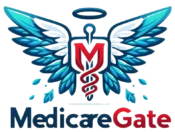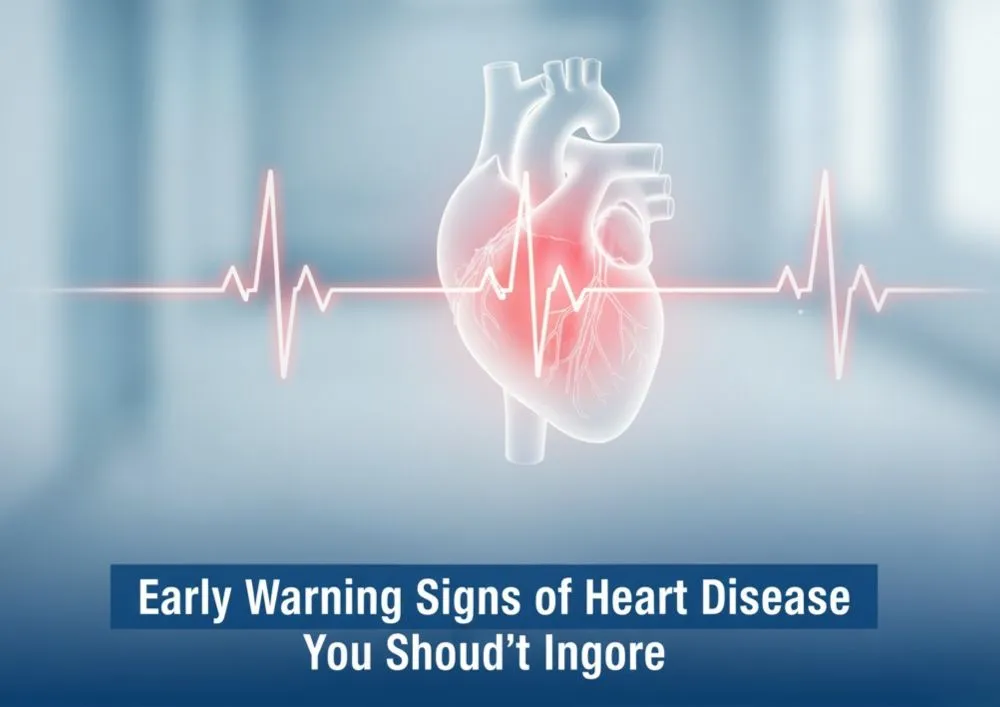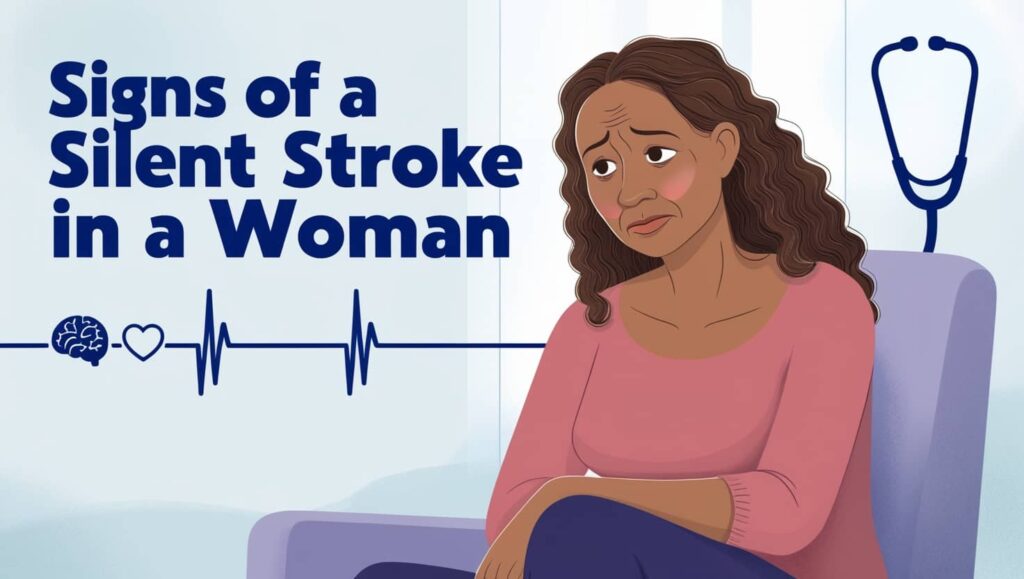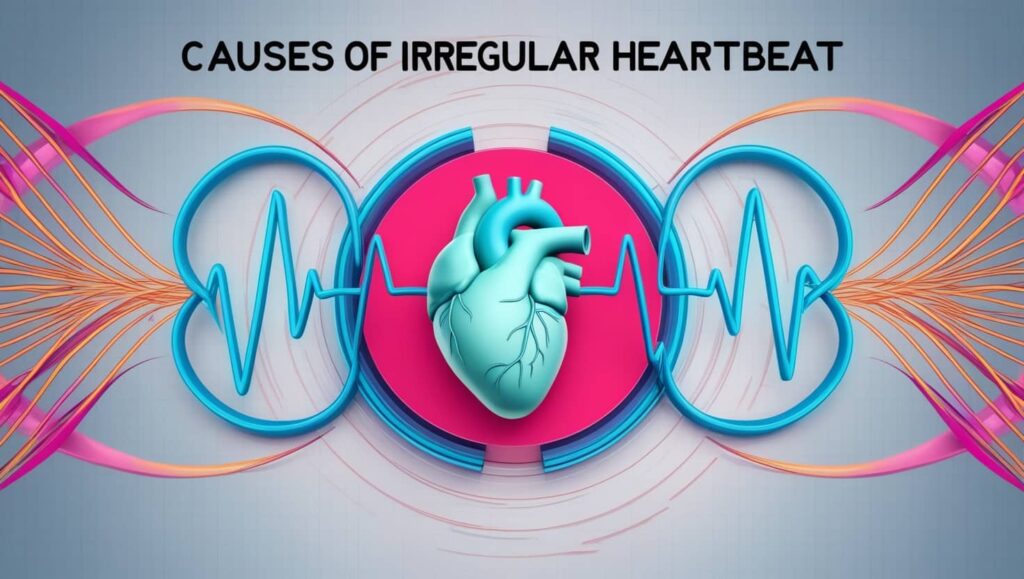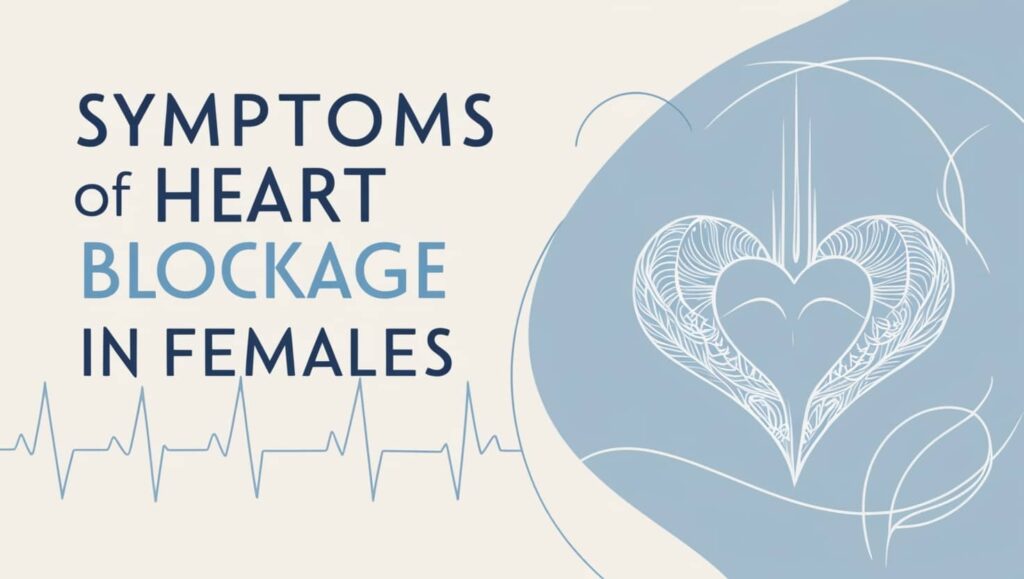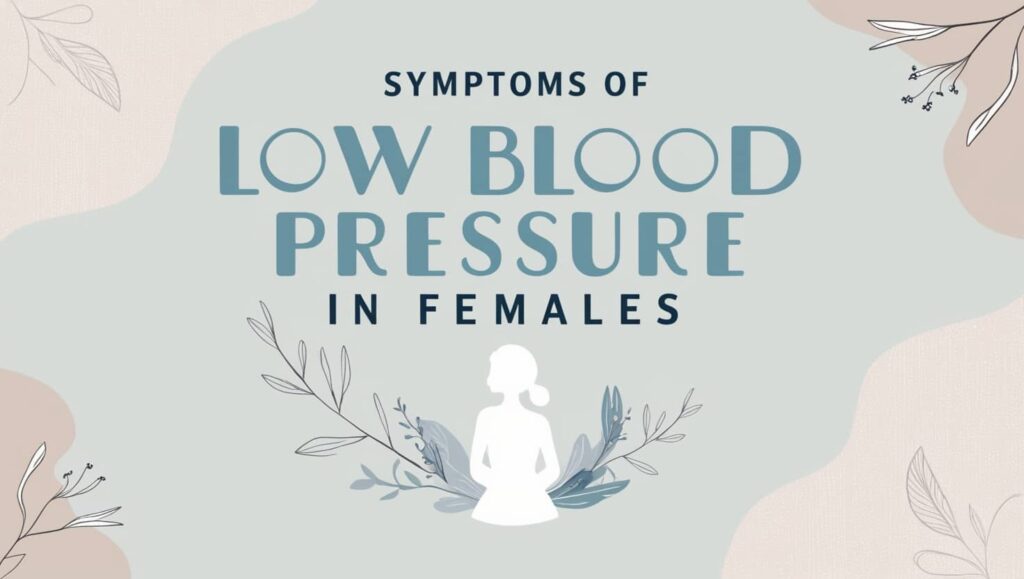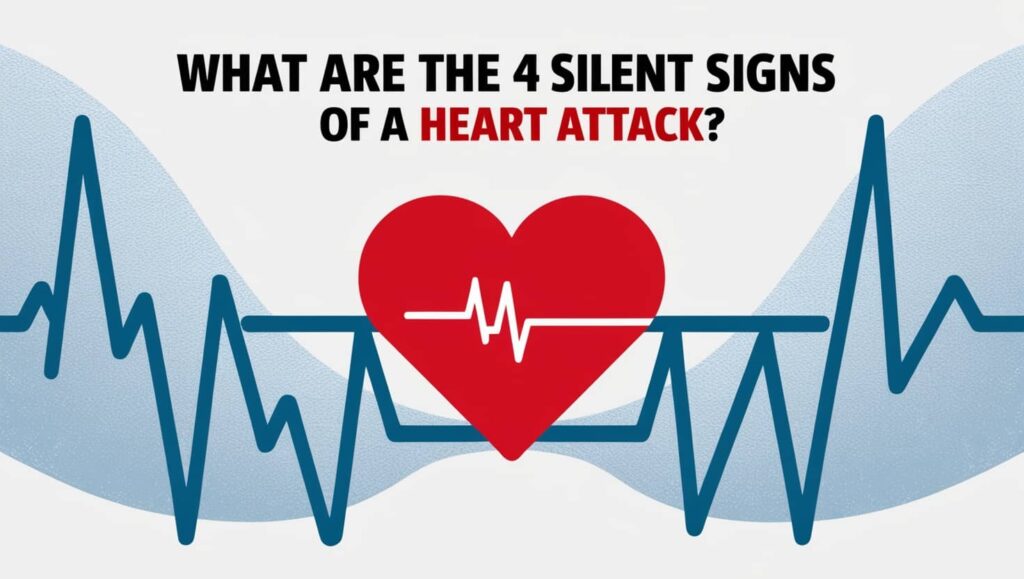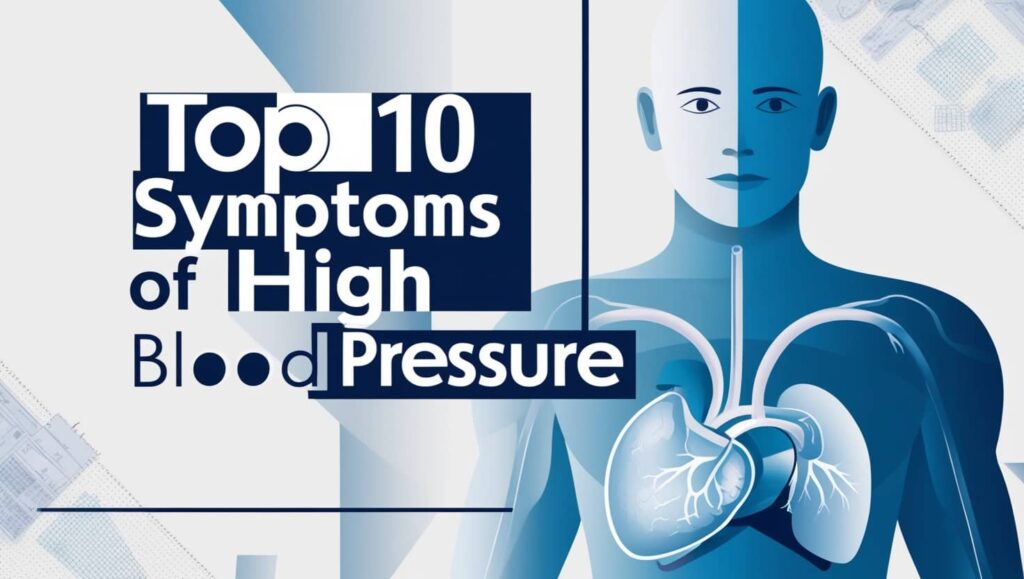When someone in your family experiences chest pain, shortness of breath, or nausea, you might think it’s just a common cold or fatigue, something minor that will soon pass. But what if these are actually symptoms of one of the silent killers? These diseases often appear with mild symptoms from time to time, only to suddenly strike without warning, revealing that they are, in fact, signs of heart disease that require medical attention before the condition worsens. If you have experienced these symptoms yourself or noticed them in someone you know, this article is for you. Stay with us to discover the types of heart disease, their symptoms, causes, and the most effective treatment options.
What Is Heart Disease?
Recognizing the early signs of heart disease is crucial for maintaining heart health and preventing serious complications; however, it is equally important to define and understand heart disease itself, which refers to a variety of conditions that affect the heart and blood vessels, collectively known as cardiovascular disease.
According to the World Health Organization (WHO), cardiovascular diseases(CVD), often referred to as “silent killers”, remain the leading cause of death globally.
In 2022, an estimated 19.8 million people died from cardiovascular conditions. These diseases may be congenital or develop later in life due to factors such as malfunctioning heart valves or irregular heart rhythms.
Main Causes of Heart Disease
The exact cause of cardiovascular disease is not fully understood, but cases are related to atherosclerosis.
This condition develops when a fatty substance called plaque builds up and accumulates inside the arteries, leading to their narrowing and reduced blood flow.
As a result, the heart receives less oxygen-rich blood, which can lead to various cardiovascular complications, including blood clots and damage to other organs, such as the brain, kidneys, and eyes.
In addition, several risk factors significantly increase the likelihood of developing different types of heart disease, as follows:
- Hypertension → Raises the risk of plaque buildup within the arteries.
- Smoking → It introduces harmful substances that constrict and damage blood vessels while increasing blood viscosity.
- High cholesterol levels → They contribute to the narrowing of blood vessels and raise the risk of blood clots.
- Elevated body mass index (BMI) → BMI above 25 leads to obesity, which in turn increases the risk of diabetes, hypertension, and ultimately heart disease.
- Family history → Having relatives with heart disease increases the likelihood of developing CVD due to genetic predisposition.
- Advancing age → As people grow older, natural changes in the heart and blood vessels increase the risk of CVD.
- Gender → Men are more likely to develop heart disease at an earlier age than women.
- Unhealthy diets → High in saturated fats and refined sugars, contribute to arterial damage and weight gain.
- Excessive alcohol consumption → It negatively affects blood pressure and heart function.
- Chronic kidney disease → It impairs the body’s ability to regulate blood pressure and contributes to vascular damage.
- Diabetes → Especially Type 2, causes blood vessel damage and increases the risk of cardiovascular complications.
Related — Top 10 Symptoms of High Blood Pressure
Main Types of Heart Disease
As previously explained, the signs of heart disease are associated with several underlying problems, most of which are related to atherosclerosis. The major types of heart disease are outlined below:
Coronary Heart Disease
Coronary heart disease occurs when plaque builds up in the coronary arteries, narrowing them and reducing blood flow to the heart. This can cause angina or lead to a heart attack. Major risk factors include age, hypertension, diabetes, high bad cholesterol LDL, and family history.
Heart Arrhythmias
It happens when the heart beats irregularly, tachycardia, or bradycardia due to a problem with the heart’s electrical signals. Causes include other heart diseases, stress, certain medications, alcohol use, hypertension, obesity, and electrolyte or hormonal imbalances.
Valvular Heart Disorders
It occurs when one or more heart valves are damaged, affecting blood flow. It can result from rheumatic fever, CAD, hypertension, heart attack damage, or endocarditis, an infection that affects the valves after surgery or IV drug use.
Congenital Heart Disease
It is a structural defect present at birth. It may cause symptoms early in life or later. Common types include septal defects and pulmonary stenosis.
Heart Failure
It happens when the heart can’t pump enough blood to meet the body’s needs. It’s mainly caused by CAD, but can also result from hypertension, thyroid problems, or cardiomyopathy.
Early Signs of Heart Disease
Besides knowing the types of heart disease, it’s important to recognize their symptoms. Most share similar signs of heart disease as follows:
- Chest discomfort → It is a common sign of heart disease, often felt as pressure, tightness, or pain that may radiate to the arms, neck, jaw, or back.
- Shortness of breath → Especially during activity or at rest, due to poor heart pumping.
- Fatigue → It is persistent tiredness, even with little effort, and is more common in women. Radiating pain to the arm, jaw, back, or abdomen.
- Swelling → Usually swelling in the legs, ankles, feet, or abdomen is related to heart failure.
- Irregular palpitations.
- Fainting → It is caused by reduced blood flow.
- Nausea → Especially in women.
- Unexplained sweating.
- Other signs of heart disease such as blue skin color, nail changes, noisy breathing during sleep, or sudden unexplained anxiety.
Related — The 4 Silent Signs of a Heart Attack
Diagnosis of Heart Disease
After identifying the warning signs of heart disease, diagnosing the different types requires several steps:
- The initial assessment starts with medical history, physical examination, and evaluation of heart-related symptoms.
- Blood tests detect heart damage and risk factors, including:
-
- Lipid profile (cholesterol, triglycerides, HDL, LDL)
- C-reactive protein (CRP) for artery inflammation.
- Troponin T or I for heart injury or heart attack.
- BNP as a marker of heart stress.
- An electrocardiogram (ECG) records electrical activity to detect irregular heartbeats.
- An echocardiogram uses ultrasound to evaluate heart chambers, valves, and blood flow.
- A Holter monitor tracks irregular rhythms over 24–48 hours.
- Stress tests assess heart performance during exercise or with medication.
- Imaging (X-ray, CT, MRI) provides structural and functional information, including the detection of blockages.
Treatments for Heart Disease
The treatment approach depends on the type and signs of heart disease. Common strategies include:
- Lifestyle Changes for adopting a heart-healthy diet, engaging in regular exercise, maintaining a healthy weight, and quitting smoking.
- Medications such as statins, beta blockers, nitrates, and blood thinners help manage signs of heart disease and reduce the risk of heart attacks.
- Procedures: in some cases, interventions like angioplasty may be needed to restore blood flow to the heart.
- In some severe heart conditions, it may require surgery, including valve replacement.
Ultimately, signs of heart disease serve as an early warning of serious heart risks, and responding to them can save lives and prevent fatal complications.
References
-
- World Health Organization. Cardiovascular diseases (CVDS). From WHO
- NHS. NHS choices, Cardiovascular conditions. Accessed 09 Oct. 2025. From NHS
- Heart Disease Facts. Centers for Disease Control and Prevention, From CDC
- Heart disease: Knowing different types and how to prevent it. Harvard Health. (2023a, July 14). From Harvard University
- What is an arrhythmia?. www.heart.org. From the American Heart Association
- U.S. Department of Health and Human Services. Symptoms. National Heart, Lung, and Blood Institute.From NIH
- Singh, R., Chandi, S. K., Sran, S., Aulakh, S. K., Nijjar, G. S., Singh, K., Singh, S., Tanvir, F., Kaur, Y., & Sandhu, A. P. S. (2024, July 12). Emerging therapeutic strategies in cardiovascular diseases. Cureus.From PubMed
